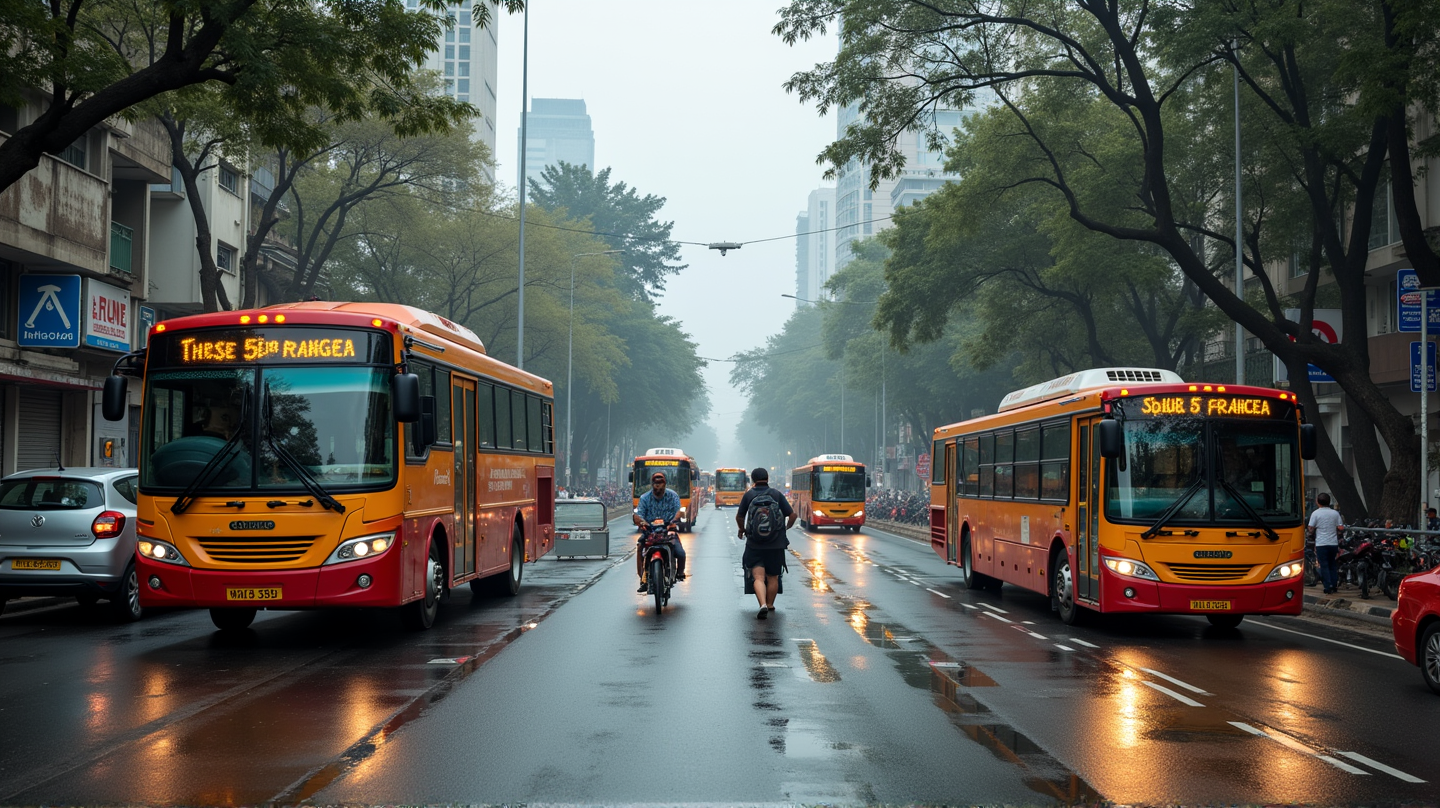Chandigarh's Newest Move: Paid Parking for Tourist Buses at Hallomajra
Chandigarh Municipal Corporation plans to introduce a paid parking facility for tourist buses in Hallomajra, transforming a free lot into a potential revenue source.

In a bid to optimize urban spaces and generate additional revenue, the Municipal Corporation of Chandigarh is poised to transform a free parking area into a paid facility specifically for tourist buses. This decision marks a significant step toward enhancing the infrastructure for commercial vehicles in the city.
Transforming Free Spaces into Revenue-Generating Facilities
The conversion of free parking at Ram Darbar into a fee-based parking area isn’t just a casual decision. The entire initiative is scheduled to be discussed in the upcoming general house meeting. This space, which cost approximately Rs 1 crore to develop, is now set to become a paid service. With this move, the city hopes to streamline parking and curb traffic congestion in tourist-heavy areas.
Strategic Meetings and Decisions
The groundwork for this transition was laid during a crucial meeting on December 26, 2024, which involved a comprehensive examination of the potential for such a facility. A subsequent meeting on August 4, 2025, cemented the decision to initiate a trial period at Hallomajra to assess financial viability. This trial period is not merely a formality—it’s a necessary step to understand the implications of switching to a paid parking model.
Proposed Charges and Economic Feasibility
A key aspect of implementing the paid parking system is the proposed charge of Rs 280 per entry, per day, which was pre-approved by the General House in July 2023. If the trial proves financially beneficial, this setup might soon be a permanent feature in Hallomajra. According to Times of India, this transformation aligns with efforts to make parking more efficient and sustainable in growing urban areas.
Rose Festival and Community Engagement
Complementing the new parking initiative, the Municipal Corporation is also gearing up for the annual Rose Festival, planned to occur in the last week of February 2026. This festival, prominent on the national calendar, is expected to cost Rs 1.18 crore. Without drawing from public funds, sponsorships from various entities will likely foot the bill. This approach not only saves municipal expenses but also fosters community and corporate engagement.
Implications for the Future
Changes like these highlight a forward-thinking approach to urban management. They underscore a commitment to optimizing resources, easing congestion, and enhancing visitor experience, all while building a more inclusive and economically viable urban environment.
This move by the Municipal Corporation of Chandigarh is poised to be a game-changer in how urban spaces can be economically and efficiently managed to benefit both residents and visitors alike.

